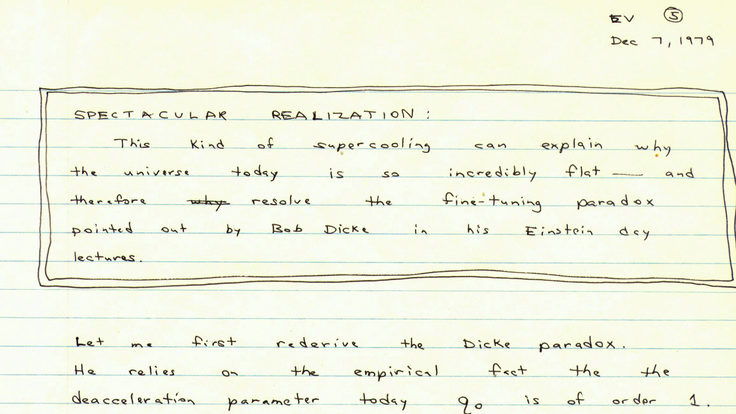
The ICARUS detector started taking neutrino beam data at Gran Sasso National Laboratory in Italy in 2010. Photo: Gran Sasso National Laboratory/INFN
Scientists on the ICARUS experiment at Gran Sasso, Italy, announced today that they had found no evidence of superluminal neutrinos in a cross-check of an earlier analysis by the OPERA experiment, also located at Gran Sasso.
In September, OPERA physicists put it to the scientific community to scrutinize a surprising result: neutrinos clocking in at faster than the speed of light.
Like members of the OPERA experiment, ICARUS physicists studied a beam of neutrinos produced at CERN laboratory near Geneva, Switzerland. For this study and others like it, CERN scientists modified the beam to add more space between tightly bunched groups of neutrinos, allowing a more accurate measurement.
The ICARUS result comes just a month after OPERA scientists identified issues with experimental equipment as possibly responsible for the fantastic findings.
"The evidence is beginning to point towards the OPERA result being an artefact of the measurement," said CERN Research Director Sergio Bertolucci in a statement, "but it's important to be rigorous, and the Gran Sasso experiments, BOREXINO, ICARUS, LVD and OPERA, will be making new measurements with pulsed beams from CERN in May to give us the final verdict... Whatever the result, the OPERA experiment has behaved with perfect scientific integrity in opening their measurement to broad scrutiny, and inviting independent measurements. This is how science works."
In the same statement, Nobel Prize winner and spokesperson of the ICARUS experiment Carlo Rubbia said, "The ICARUS experiment has provided an important cross check of the anomalous result reports from OPERA last year... These are difficult and sensitive measurements to make and they underline the importance of the scientific process."
The 600-ton ICARUS detector uses liquid-argon technology to detect neutrinos. Like a bubble chamber from the early days of particle physics, ICARUS allows scientists to record the tracks of the charged particles that a neutrino produces — but with electronics, rather than with photographs.






